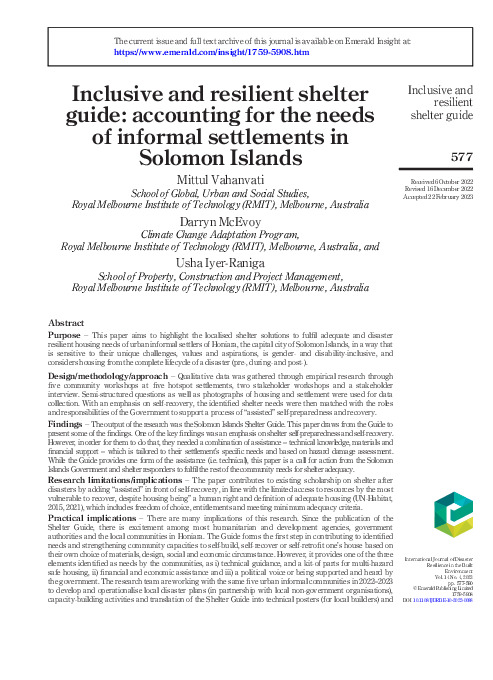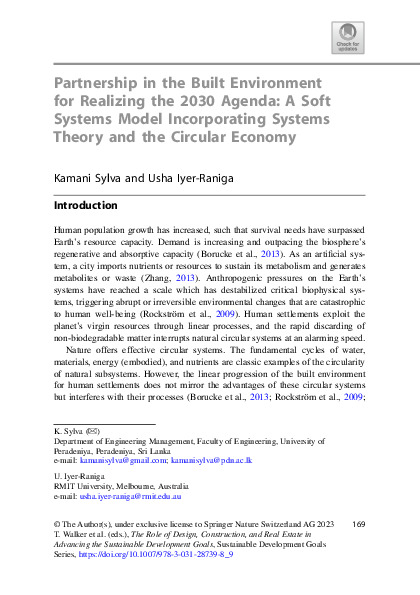Building Materials Environmental Guide (BMEG)
Building Materials Environmental Guide (BMEG) [Second Edition] is a guideline to help construction industry professionals (engineers, architects, procurement officers, and technical officers) to understand the environmental and social impacts of common building materials at various stages of their life cycle. It also provide better practices to manage those impacts. Some quantitative properties such as embedded energy, carbon foot print and thermal properties are also provided. BMEG is not intended to be a technical manual; the users should seek further expert advice and engagement to actually implement the better practices. BMEG was first prepared by WWF to guide the reconstruction work of the 2015 Nepal earthquake. It has also been adopted nationally as a government document in Sri Lanka. The first edition for global use was published by WWF in 2017. The current 2nd Edition was jointly developed by WWF and the Northwestern University (USA) and published in 2021.
Proper selection, sourcing and use of building material, plays a key role in circular built environment. It not only contributes to material efficiency and managing direct environmental impacts, but also improving energy and water efficiency when the whole project cycle is considered. For this, it is important to understand what material related decisions are made during different stages of the project cycle and what are the environmental impacts of materials at different stages of life cycle. Providing this information is the main aim of BEMG.
The current version, BMEG 2nd Edition, covers 50 common and specialised building materials and provides:
1. information on their environmental impacts at the different stages of their life cycle
2. environmentally responsible alternatives
3. better practices of sourcing, use and disposal (including recycling)
4. Information on material properties, carbon and energy footprints, recyclability.
Providing information related to environmentally responsible selection, sourcing and use of building material in a simple and concise format to construction industry professionals (engineers, architects, project mangers, procurement specialists, health and safety officers and technicians). There is a huge amount of useful and accessible information available on environmental aspects of building materials, but not in one place. In the time and resource stressed setting of building projects, it is extremely difficult for constructions professionals to gather the right level of information to make environmentally responsible decisions on building materials (selection, sourcing and use). The uniqueness of BMEG is in providing information on different environmental aspects of common building materials in simple and concise format. The format was developed by combining the construction project cycle with the material life cycle and also to address the diverse view points of different construction professions. This case study is relevant to the work of the OPN SBC programme.



